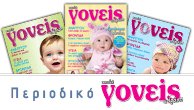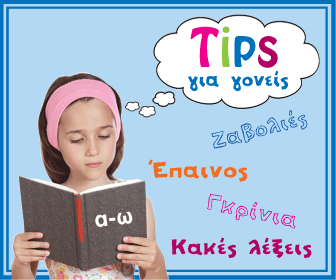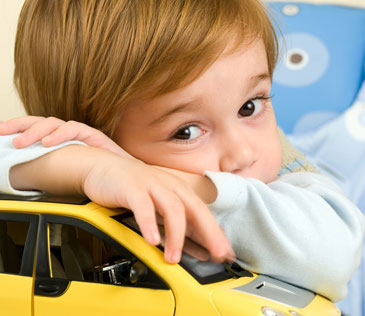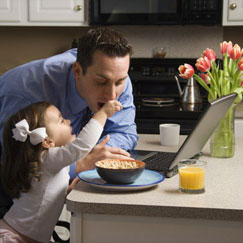The little patient!
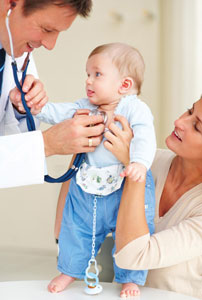
Infants and young children are particularly susceptible to diseases because their immune systems have not yet matured. This is why parents need to be very careful so that when you see any particular symptoms, you suspect your baby is sick, call your doctor and do what he or she recommends to relieve your little patient.
The concept of the disease is unknown to children. You may need to employ all your patience to explain to a child what he is suffering from and what he must do to do well. In addition to treating him according to medical advice, it is a good idea to take care of his psychological support as well. The most important thing is for your child to feel safe and secure so that his or her body can fight off the cold or any other illness. Stay with him for company, play, read something, spoil it! After recovering, everything is back to normal. So, be patient with your arm and do whatever goes through your hand to relieve your throat.
Symptoms of illness
- High temperature, 38oC or more.
- Crying and frustration.
- Vomiting or diarrhea.
- Refusal to eat or drink.
- Sore and irritated neck.
- Rash.
- Swollen glands in the neck or behind the jaw.
Fever
If your child looks hotter than usual and you suspect he has a fever, you should put a thermometer on him immediately. Whatever experience you have, do not roughly calculate the temperature of the child by placing your hand or lips on the forehead. You should know that the normal body temperature is between 36.2 and 37 degrees when the arm is calibrated. The calorimeter calibration indicates 0.4 degree above. The temperature of a child depends on his age, the time of day you will measure it, even if he has previously had intense activity. Babies for example - in most cases - have a higher temperature than older children. In addition, their temperature is higher in the afternoon and lower in the early morning, increasing in very hot summer days, after eating or after intense exercise. If a newborn's rectal temperature is above 38 ° C for more than 8 hours, then your baby is suffering from a fever. Newborns usually do not have a fever - if healthy - although temperatures of 37 ° C - 37.5 ° C can be observed after a heavy cry or after a very intense day, as long as the baby is generally present well into his health.
The treatment
Πρώτα απ’ όλα πρέπει να θερμομετρήσετε το παιδί σας έχοντας υπόψη σας τα εξής:
-
For infants
- Use an upright thermometer, as it is the most accurate and safe way to measure a baby.
- Lower the temperature on the thermometer (below 35 degrees Celsius), shaking it down, but be careful not to fall.
- Clean the spherical tip with alcohol or soap and rinse it with plenty of cold, clean water each time.
- Put some petroleum jelly on the tip of the thermometer to lubricate it.
Lie on the baby's feet (or on a hard surface such as the baby's changing face) and gently insert the thermometer into the abdomen, about 2 cm deep. Don't push it but let it slide by itself.
-
Older kids.
- Cough
- Diarrhea
- Vomiting
- Drowsiness
- Anorexia
- Skin rash
- Ear pains
- Pain in the abdomen
- Intense crying
Fever usually accompanies respiratory infections such as laryngitis, pneumonia, otitis, influenza and various colds. It can also accompany urinary tract infections as well as other viral infections. If the fever persists for no longer than 24 hours, your child should be examined by your doctor.
Cold
The treatment
- Ensure a clean and humid atmosphere. Get a humidifier and place it in the child's room.
- Apply 2-3 drops of saline to the nose to block the respiratory tract.
- Monitor its temperature and, if it is high, regularly give antipyretic medicines.
- If the baby has trouble breastfeeding because its nose is clogged, free it from secretions with a suction before each meal. This light suction will drain the nose from the secretions and allow the infant to breastfeed and breathe at the same time

